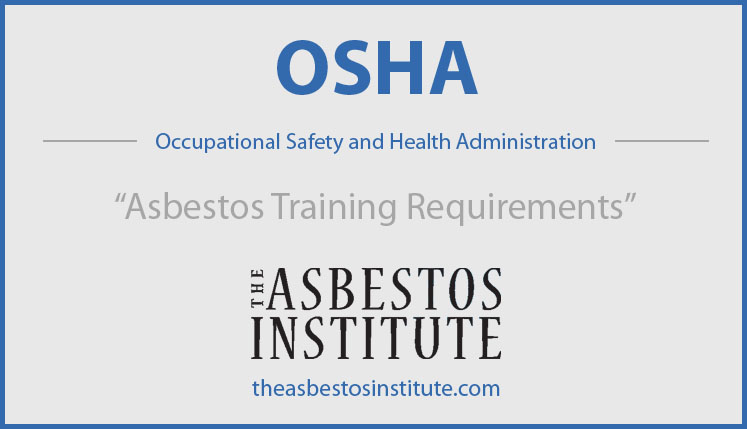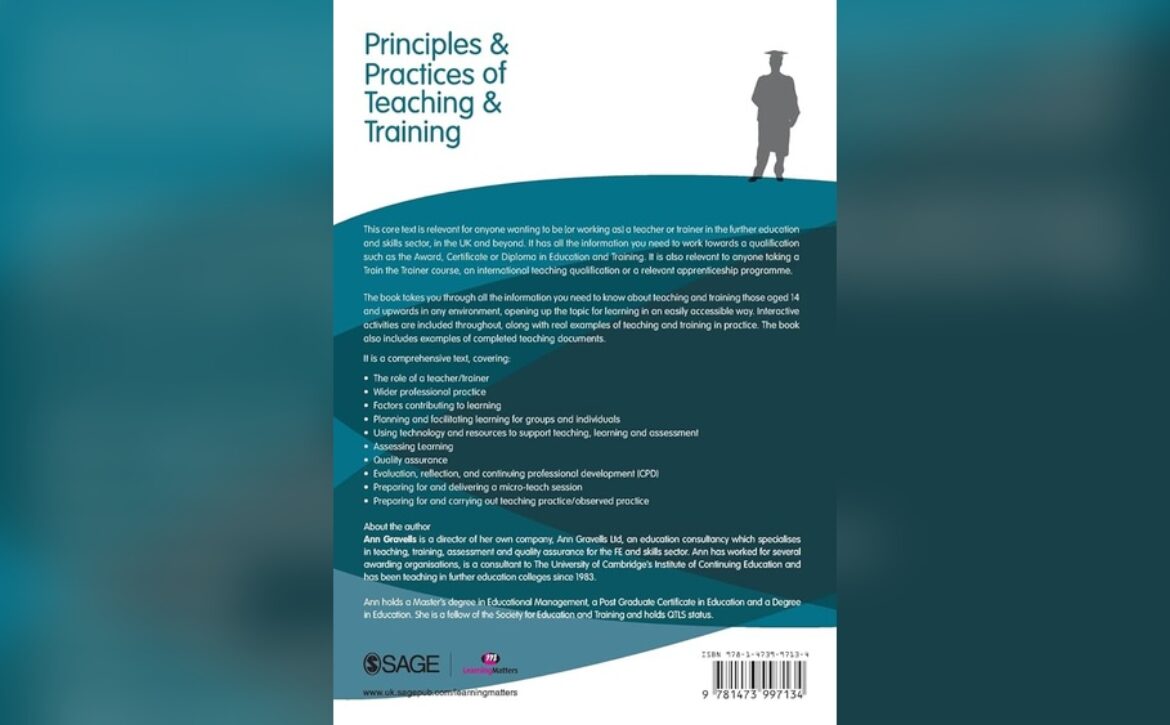How to Become a Teaching English Pro: Expert Tips
Have you ever imagined yourself standing in front of a classroom, helping eager minds master the English language? Becoming a teaching English professional is not just about sharing knowledge; it’s about opening doors to new opportunities, cultures, and connections.
If you’re wondering how to step into this fulfilling role, you’re in the right place. This guide will walk you through each step, ensuring you have the confidence and skills needed to succeed. By the end of this article, you’ll have a clear path forward, ready to inspire and educate students around the globe.
So, are you ready to transform your passion for English into a rewarding career? Let’s dive in and get started.

Setting Clear Goals
Setting clear goals is essential if you’re aspiring to teach English. Without a roadmap, it’s easy to feel lost or overwhelmed. Clear objectives help you stay focused and motivated, ensuring you make steady progress in your teaching journey. Let’s break down the process of setting goals into manageable steps.
Identifying Your Teaching Niche
What kind of teacher do you want to be? The world of teaching English is vast, from working with young learners to coaching business professionals. Finding your niche is crucial for developing a focused teaching approach.
Think about your strengths and interests. Are you passionate about helping beginners or do you enjoy the challenge of advanced learners? Consider your own experiences with language learning; these can guide you to a niche that feels rewarding.
Once, I discovered my love for teaching conversational English. It helped me connect with students on a personal level, making lessons more enjoyable for both me and them. What niche might ignite your passion for teaching?
Defining Success In Teaching
How do you define success in your teaching career? It’s more than just student test scores or feedback. Success can mean creating a supportive learning environment or helping a student gain confidence in speaking English.
Set specific and achievable goals for what you want to accomplish. Perhaps you aim to help five students achieve fluency by the end of the year. Or maybe you want to develop a new teaching method that enhances student engagement.
Reflect on what makes you feel accomplished at the end of the day. Is it the moment when a student finally understands a tricky concept? Identifying these moments can help you set meaningful goals that keep you driven and fulfilled.

Educational Requirements
Teaching English as a profession requires specific educational credentials. Understanding these requirements is essential for aspiring teachers. From degrees to specialized training, each step builds your expertise. This journey begins with formal education and expands into specialized knowledge.
Degrees And Certifications
A bachelor’s degree is often the first step. Most programs focus on education, English, or related fields. This foundation helps you understand teaching methods and language structure. Many schools also require a teaching certificate. This certification shows you are qualified to teach. It is an important credential for many educational institutions.
Specialized Training
Specialized training enhances your teaching skills. Courses like TEFL, TESOL, or CELTA are popular. They focus on teaching English to non-native speakers. These programs offer practical teaching techniques. Interactive lessons and real-world scenarios prepare you well. Such training boosts your confidence in the classroom.
Building Essential Skills
Building essential skills is crucial to becoming a successful English teacher. Whether you’re teaching children or adults, mastering certain skills can significantly enhance your teaching experience. Let’s dive into two key areas: communication skills and classroom management techniques.
Communication Skills
Effective communication is the backbone of teaching English. It’s more than just speaking clearly. You need to connect with your students and make them feel heard. One way to do this is by asking questions that spark curiosity and discussion. Instead of sticking to textbook questions, try asking your students what their favorite word in English is and why. This not only encourages conversation but also gives insight into their interests.
Listening actively is equally important. Pay attention to your students’ responses and provide feedback that shows you’re engaged. Picture yourself as a student; how much more motivated would you be if your teacher genuinely cared about your ideas?
Classroom Management Techniques
Keeping a classroom under control is not just about discipline. It’s about creating an environment where learning thrives. Consider setting clear expectations from the start. This includes outlining what behaviors are acceptable and what the consequences are for stepping out of line. A well-managed classroom is like a well-oiled machine, where everyone knows their role.
Flexibility is your friend. Sometimes lessons won’t go as planned, and that’s okay. Adapt your approach based on your students’ reactions. If they’re struggling with a concept, try breaking it down into simpler terms or using visual aids. Have you ever had a day where everything seemed to go wrong, but then one small adjustment turned it around?
Incorporating these skills into your teaching can make a world of difference. What skills have you found crucial in your journey as an English teacher?
Creating Engaging Lesson Plans
Creating engaging lesson plans is crucial for effective English teaching. Lessons should excite and inspire students. They must hold attention and facilitate learning. A well-crafted plan engages learners in meaningful ways. It sparks curiosity and encourages participation. This section explores key strategies to create dynamic lessons.
Incorporating Interactive Activities
Interactive activities boost student involvement. Group work encourages teamwork and communication. Role-playing helps practice conversation skills. Games make learning fun and memorable. They reinforce vocabulary and grammar. Quizzes and puzzles stimulate the brain. Such activities cater to different learning styles. They make lessons lively and impactful.
Utilizing Multimedia Resources
Multimedia resources enrich the learning experience. Videos offer visual context for language use. They help with pronunciation and intonation. Audio clips improve listening skills. Songs can teach vocabulary and phrases. Images and infographics clarify concepts. They make abstract ideas tangible. Digital tools provide varied learning formats. They keep students engaged and motivated.
Effective Assessment Strategies
Effective assessment strategies are crucial for teaching English. They help you understand how well your students are grasping the language. By designing tailored assessments, you can pinpoint areas needing improvement and celebrate areas of success.
Designing Tests And Quizzes
Crafting tests and quizzes can be an art. You want them challenging yet fair. Begin by identifying key language skills you aim to assess.
Think about vocabulary, grammar, and comprehension. Create questions that cover these areas. Mix multiple-choice questions with short answers for variety.
Consider your students’ proficiency levels. A beginner might struggle with complex questions. Keep it simple and gradually increase difficulty.
Use real-life scenarios in questions. This keeps the assessment relevant. When I once included a question about ordering food, students related it to a recent class outing.
Avoid trick questions. They confuse more than educate. Clear, direct questions lead to better understanding.
How do you ensure your tests are effective? Reflect on past assessments. Did they accurately measure student understanding?
Evaluating Student Progress
Tracking student progress requires more than just grades. Look at their growth over time. Are they improving in speaking, listening, and writing?
Record notes during class interactions. They reveal more than test scores. A student who hesitates less during discussions shows progress.
Feedback is key. Offer constructive comments on assignments. Encourage students to view mistakes as learning opportunities.
Use a mix of formal and informal evaluations. Pair quizzes with observational notes. This combination offers a fuller picture of a student’s abilities.
Setting goals with students can be powerful. Engage them in their progress. What skills do they want to master next?
How do you know if your evaluation methods are effective? Reflect on student achievements. Are they meeting their goals?
Continuous Professional Development
Continuous professional development is crucial if you want to become a successful English teacher. It keeps you updated with the latest teaching methods and helps you improve your skills. Embracing learning opportunities can make a significant difference in your teaching career.
Attending Workshops And Conferences
Workshops and conferences offer valuable learning experiences. They provide insights into modern teaching techniques and educational trends. You get to learn from experts who share practical tips and strategies.
Consider attending events that focus on specific areas of interest. Whether it’s integrating technology in the classroom or enhancing student engagement, there’s always something new to explore. You might discover tools that transform your teaching approach.
Have you ever attended a workshop that changed your perspective on teaching? These events often spark ideas that you can apply immediately. They boost your confidence and motivation.
Networking With Fellow Educators
Networking is a powerful tool for professional growth. Connecting with fellow educators opens doors to collaboration and sharing resources. You can learn from their experiences and challenges.
Join teacher forums or online groups where ideas are exchanged freely. Share your successes and seek advice on your struggles. Engaging with a community can provide support and encouragement.
Think about the last conversation you had with a fellow teacher. Did it leave you with new insights or solutions to a problem? Building a network can lead to lasting friendships and invaluable professional connections.
Continuous professional development is not a one-time effort. It’s an ongoing journey that enriches your teaching career. What steps will you take to grow and improve your skills as an English teacher?
Adapting To Different Learning Styles
Understanding diverse learning styles is key to teaching English effectively. Each student learns differently, some need visuals, others prefer listening. Tailoring lessons to fit these styles helps students grasp English faster and more confidently.
Adapting to different learning styles is a crucial aspect of becoming an effective English teacher. Each student brings a unique set of abilities and preferences to the classroom. By understanding and adapting to these differences, you can create an inclusive learning environment that meets every student’s needs. This not only enhances learning outcomes but also fosters a positive and engaging atmosphere.
Understanding Student Diversity
Embrace the diversity in your classroom as a strength. Students come from varied backgrounds, each with their own way of grasping new concepts. Some might be visual learners who thrive on diagrams and videos, while others are auditory and prefer listening to explanations. Think about the students you’ve encountered. Have you noticed how some light up during group discussions, while others excel in solo projects? Recognizing these preferences can guide you in tailoring your approach to better connect with each student. Consider conducting a simple survey at the start of the term. Ask students about their preferred learning styles and interests. This proactive step can provide valuable insights and help you plan lessons that cater to these preferences.
Personalizing Teaching Methods
Once you understand your students’ diverse learning styles, the next step is to personalize your teaching methods. This doesn’t mean creating a separate lesson plan for each student, but rather incorporating elements that cater to various styles within a single lesson. Use a mix of teaching tools. Pair visual aids with spoken explanations to reach both visual and auditory learners. Incorporate hands-on activities for kinesthetic learners who benefit from movement and touch. Think back to a time when you tried a new teaching method and saw a noticeable difference in student engagement. Was it a game, a project, or a multimedia presentation? These experiences highlight how small adjustments can make a big impact. Ask yourself, how can you make your lessons more inclusive? By actively seeking feedback from your students and being open to experimenting with different techniques, you can create a dynamic and supportive learning environment.

Utilizing Technology In Teaching
In today’s digital age, utilizing technology in teaching English has become essential. As a teacher, embracing modern tools can enhance the learning experience for your students. Technology not only makes teaching more interactive but also helps you connect with students globally.
Online Teaching Platforms
Online teaching platforms are a game-changer. They allow you to teach students from any part of the world. Platforms like Zoom, Skype, and Google Meet enable real-time interaction, making it feel like you’re in the same room with your students.
These platforms often come with features like screen sharing and virtual whiteboards. You can use these to explain complex grammar rules or showcase language exercises. Plus, recording sessions can be a lifesaver for students who need to revisit lessons.
Have you ever wondered how you can keep track of your students’ progress? Many platforms offer built-in analytics. This feature provides insights into attendance and participation, helping you tailor your lessons to meet your students’ needs.
Digital Tools For Language Learning
Digital tools are invaluable for making language learning more engaging. Apps like Duolingo and Rosetta Stone offer interactive exercises that can complement your lessons. These tools provide students with opportunities to practice vocabulary and pronunciation outside the classroom.
Consider using language learning games to make your classes more fun. Games like Kahoot! and Quizlet Live encourage participation and reinforce learning through competition. They can be a great way to review vocabulary or test comprehension in a dynamic way.
What about integrating multimedia resources? Videos, podcasts, and online articles can expose students to different accents and real-life language use. This exposure helps students improve their listening skills and cultural understanding.
By incorporating these digital tools into your teaching, you not only enhance the learning experience but also prepare your students for a world where technology is ever-present. How will you use technology to transform your teaching methods?
Building A Supportive Learning Environment
Creating a supportive learning environment is crucial for teaching English effectively. It fosters confidence and encourages students to engage more in class. A nurturing setting makes students feel comfortable exploring new concepts. This environment promotes growth and can lead to better learning outcomes.
Creating A Safe Space For Students
Students need to feel safe to express themselves. Start by respecting all opinions and ideas. Establish clear rules to prevent bullying or teasing. Encourage questions without judgment. This builds trust and helps students open up. Allowing mistakes as learning opportunities is vital. It reassures students that errors are part of the process.
Encouraging Collaboration
Collaboration enhances learning experiences. It allows students to share insights and learn from each other. Group activities can boost engagement and foster teamwork. Assign projects that require cooperation. This cultivates communication skills. Encourage peer feedback during presentations. It develops critical thinking and confidence. A collaborative environment prepares students for real-world interactions.
Staying Current With Trends
Teaching English is always changing. New methods and tools appear often. Staying current with trends helps teachers improve their skills. It ensures they meet students’ needs effectively. It’s important to embrace new ideas and practices. This section covers how teachers can stay updated.
Innovations In Language Teaching
Technology offers new ways to teach. Online platforms provide interactive lessons. Apps help students practice English daily. Virtual classrooms connect learners globally. Teachers should explore these tools. They enhance learning experiences and make lessons engaging.
Language teaching methods evolve too. Active learning is more popular now. It involves students in the process. They participate in discussions and group activities. This method builds confidence and improves communication skills.
Adapting To Educational Changes
Education systems change frequently. Policies may shift. New curriculums might be introduced. Teachers need to adapt quickly. This requires staying informed about changes.
Professional development is key. Workshops and seminars offer valuable insights. They help teachers understand new standards and methods. Networking with peers is beneficial too. It allows sharing experiences and learning from others.
Frequently Asked Questions
What Qualifications Do I Need To Teach English?
To teach English, you typically need a bachelor’s degree and a TEFL/TESOL certification. Some countries require a teaching license or specific qualifications. It’s important to research the requirements for the country or institution where you plan to teach. Online certifications can also be beneficial for enhancing your credentials.
How Do I Get Tefl Certified?
To get TEFL certified, enroll in a recognized course either online or in-person. These courses cover teaching methodologies, lesson planning, and classroom management. They typically require 120 hours of study. Upon completion, you’ll be equipped to teach English as a foreign language in various settings worldwide.
Can I Teach English Without Experience?
Yes, you can teach English without prior experience. Many entry-level positions are available, especially in countries with high demand. Obtaining a TEFL certification can improve your chances. Some schools offer training and support for new teachers. It’s a great way to gain experience and develop teaching skills.
Is Teaching English Abroad A Good Career?
Teaching English abroad is a rewarding career with numerous benefits. It offers the chance to immerse in different cultures and travel. Many positions provide competitive salaries, accommodation, and other perks. It’s a fulfilling path for those passionate about education and cultural exchange.
Conclusion
Becoming an English teacher is a rewarding journey. You help others learn. Start by improving your own language skills. Practice speaking and writing daily. Look for teaching opportunities, even small ones. Online courses can boost your qualifications. Building a network with other teachers helps too.
They offer support and advice. Always be patient and understanding with students. Every learner is different. Celebrate small achievements. They lead to bigger successes. Teaching English opens doors to new cultures and experiences. Enjoy the process. Your efforts make a real difference in people’s lives.
Keep inspiring and growing.





























